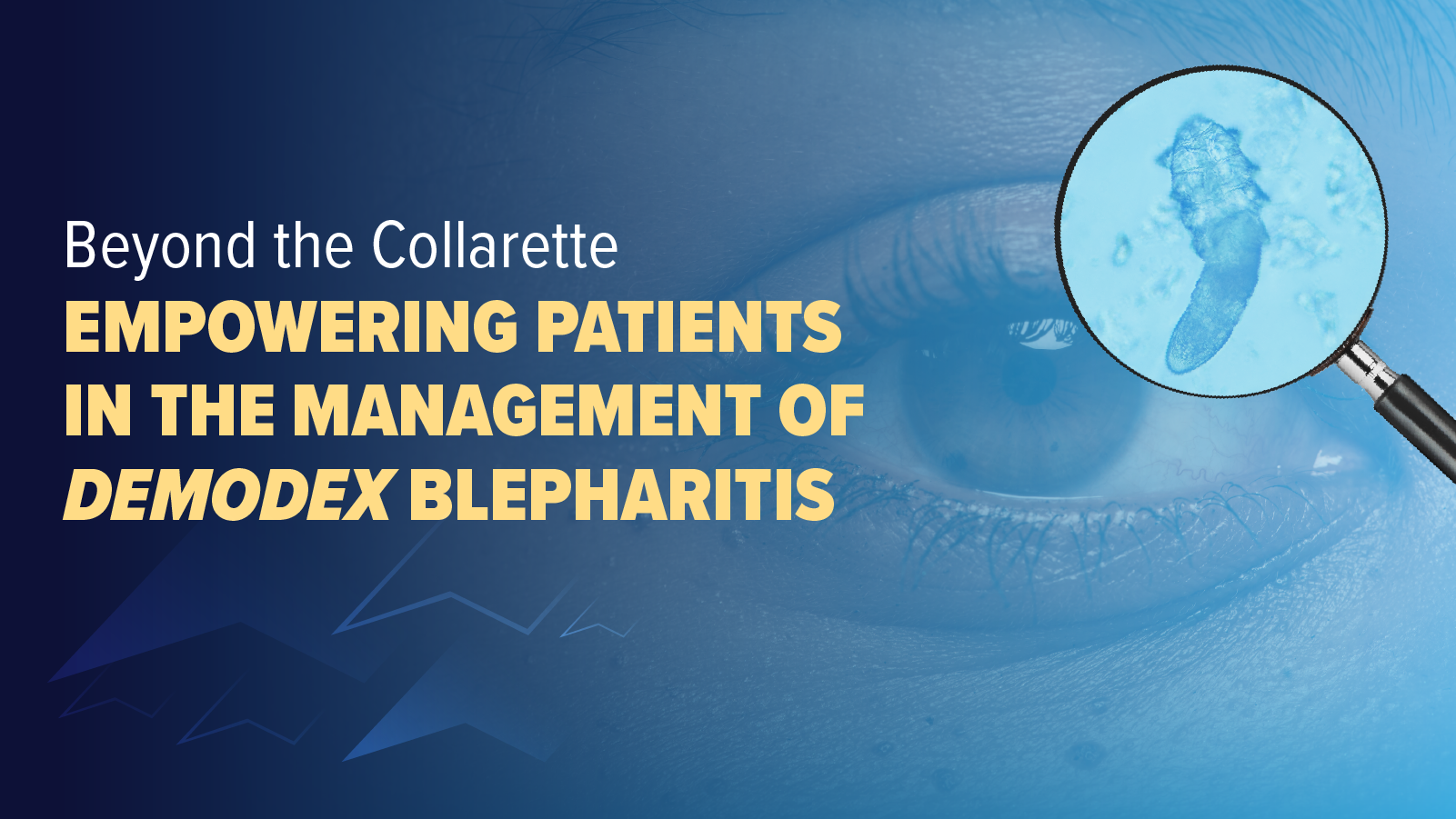
Clinically Validated Blood Test Identifies Preeclampsia Risk Early in Pregnancy, New Study Shows
A simple RNA-based blood test can identify the risk of hypertensive disorders in pregnancy months before symptoms appear, researchers reported.
New research demonstrates the potential of a simple blood test to predict the risk of preeclampsia months before symptoms appear, potentially transforming the clinical approach to
The data will also be presented at the American College of Obstetricians and Gynecologists (ACOG) Annual Clinical & Scientific Meeting 2025, being held from May 16-18 in Minneapolis, Minnesota.
The clinical validation of the Mirvie blood test, which uses RNA biomarkers to assess
Preeclampsia, a leading cause of maternal morbidity and mortality, affects approximately 1 in 12 pregnancies, with its incidence on the rise despite existing guidelines that rely on general maternal characteristics.3 Current guidelines, while useful, are not sufficient in identifying all women at risk, particularly in the absence of pre-existing conditions.
Kara Rood, MD, a principal investigator of the study and clinical associate professor of obstetrics and gynecology at The Ohio State University Wexner Medical Center, noted the critical need for more precise tools: "By the time a patient is symptomatic, it’s a race against the clock to try to get the baby to term and not risk the mother’s health," she stated in the press release.2 "Current guidelines are not helping us identify which patients are truly at high risk and we need better tools. Mirvie’s preeclampsia risk prediction test can now improve risk assessment, helping women and their care teams be informed and take actions with the potential to delay onset or prevent the disease.”
The large, multi-center study supports a shift toward a more personalized, predictive care model in obstetrics, with a focus on molecular signals rather than general maternal risk factors.1 “These results demonstrate for the first time the unique molecular signatures that distinguish between severe and mild hypertensive disorders of pregnancy, giving us confidence in a much more precise and personalized approach for at-risk pregnancies,” Thomas McElrath, MD, vice president of clinical development at Mirvie, noted in the press release.2
The validation of the Mirvie blood test also comes at a time when adherence to preventive measures, such as daily aspirin therapy, remains suboptimal, with fewer than 50% of eligible patients receiving recommended interventions.3 With the availability of this simple blood test in early pregnancy, physicians can intervene months before symptoms develop, ensuring that high-risk patients receive timely preventive care, which could improve the chances of a full-term pregnancy and reduce adverse outcomes for both mother and baby.2
The Mirvie RNA platform analyzes RNA biomarkers using advanced machine learning algorithms, making it possible to predict pregnancy complications with high precision, enabling more personalized, preventive care.2
“Much like the discovery of molecular subtypes of breast cancer led to improved outcomes, the discovery of molecular subtypes in HDP offers a bright future for personalizing pregnancy care and addressing the rising rates of births with complications,” Maneesh Jain, co-founder and CEO of Mirvie, said in the release.2
References:
1. Rood K, Elovitz MA, Gee EPS, et al. Molecular subtyping of hypertensive disorders of pregnancy. Nat Commun. Published online April 8, 2025. doi:10.1038/s41467-025-58157-y
2. Mirvie announces results from largest molecular study in pregnancy and clinical validation of simple blood test to predict risk for preeclampsia months before symptoms. News release. Mirvie. April 8, 2025. Accessed May 2, 2025.
3. Fink DA, Kilday D, Cao Z, et al. Trends in maternal mortality and severe maternal morbidity during delivery-related hospitalizations in the United States, 2008 to 2021. JAMA Netw Open. 2023;6:e2317641. doi:10.1001/jamanetworkopen.2023.17641
Newsletter
Enhance your clinical practice with the Patient Care newsletter, offering the latest evidence-based guidelines, diagnostic insights, and treatment strategies for primary care physicians.

















































































































































































































































































